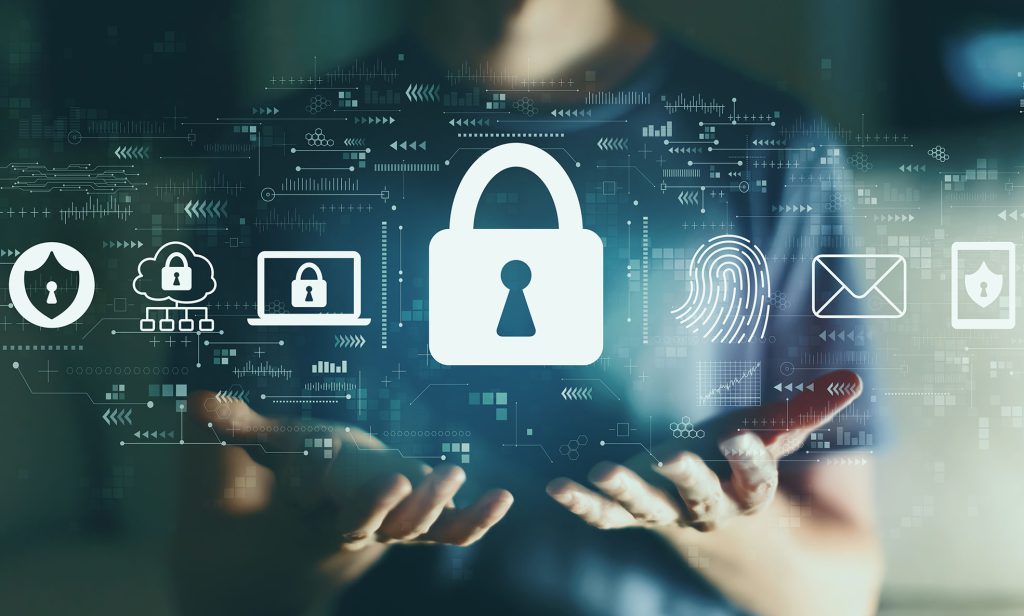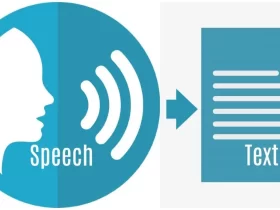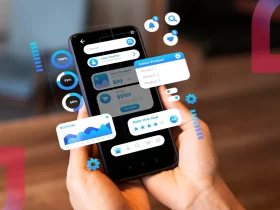Whether you’re applying to become a nurse, real estate agent, teacher, or security guard, chances are your licensing process includes a LiveScan fingerprint background check. It’s one of the most important steps to complete before your application can be approved.
While LiveScan may seem like just another requirement on your checklist, it plays a critical role in verifying your identity and ensuring public trust in licensed professionals. In this post, we’ll break down how LiveScan fits into the licensing process, what you need to do to prepare, and how to make sure your submission goes smoothly.
Why Is LiveScan Required for Licensing?
Most states—New Jersey included—require LiveScan fingerprinting as part of the application process for a wide range of professional licenses. These include fields where individuals are entrusted with clients’ money, property, health, or personal safety.
Licensing boards use LiveScan fingerprinting to:
- Verify your identity
- Check state and federal criminal history databases
- Ensure you don’t have disqualifying offenses on your record
This protects the public and ensures that those entering licensed professions meet the legal and ethical standards required by the state.
Common Professions That Require LiveScan Fingerprinting
Here are some of the most common industries where LiveScan is a standard part of the licensing process:
- Healthcare: Nurses, CNAs, home health aides, pharmacists, EMTs
- Education: Teachers, substitutes, school bus drivers, administrators
- Real Estate & Finance: Real estate agents, mortgage brokers, insurance agents
- Legal & Security: Private investigators, security guards, bail bondsmen
- Childcare & Social Work: Daycare providers, counselors, foster/adoptive parents
- Construction & Contracting: Licensed electricians, plumbers, general contractors
If you’re unsure whether your profession requires LiveScan, check with your licensing board—or feel free to ask us, and we can help guide you.
How the Process Works
Getting fingerprinted with LiveScan is easy, but it does require a few steps. Here’s a quick overview of how it works:
Step 1: Get Your LiveScan Form
Most licensing boards or application portals will provide a LiveScan request form. This form includes:
- Your personal information
- The ORI number (agency code to direct your results)
- The type of application or license
- Any specific instructions for your appointment
💡 Tip: Double-check that your form is complete and that you have the correct ORI number. If the number is wrong, your results may not go to the right agency—delaying your application.
Step 2: Book Your LiveScan Appointment
You’ll need to visit a certified LiveScan fingerprinting provider. Many notary centers, UPS Stores, and fingerprinting agencies offer LiveScan services. Look for a location that is:
- State-certified
- Offers quick turnaround times
- Provides both walk-in and appointment options
Some providers (like us!) even offer mobile LiveScan services, which is great for businesses or licensing classes.
Step 3: Bring Your ID and Payment
At your appointment, you’ll need:
- A valid, government-issued photo ID (like a driver’s license or passport)
- Your LiveScan form
- Payment (fees vary based on the type of background check and whether state and/or federal checks are required)
Your fingerprints will be digitally scanned and securely submitted to the appropriate agency for processing.
Step 4: Wait for Results
After submission, your fingerprints will be checked against:
- State criminal databases
- FBI records
- Other relevant law enforcement or licensing agency databases
The processing time is usually:
- 24 to 72 hours for state checks
- Up to a week for checks involving the FBI or federal databases
The results are sent directly to the licensing agency—not to you. Make sure to follow up with the agency if your application status doesn’t update after a week or so.
What Happens If You Have a Record?
If your LiveScan background check uncovers a prior arrest or conviction, it doesn’t automatically mean you’ll be denied a license. Many licensing boards review records on a case-by-case basis, considering:
- The type and severity of the offense
- How long ago it occurred
- Whether there was rehabilitation or restitution
- The relevance to the profession
Some boards may request a written explanation, court documents, or a hearing. It’s best to be honest on your application—lying can hurt your chances more than the record itself.
Tips for a Smooth LiveScan Experience
✅ Check your form and ORI number before your appointment
✅ Bring a valid photo ID (and a backup just in case)
✅ Don’t wear hand lotion or oils on the day of the scan—it can interfere with the digital capture
✅ Keep your receipt or tracking number so you can follow up
✅ Ask about mobile services if you’re part of a licensing class or training program
Final Thoughts
LiveScan fingerprinting may seem like a small part of your licensing journey, but it’s one of the most crucial. Getting it done right the first time can save you delays, frustration, and missed deadlines.
At our certified LiveScan and notary service center, we make the process fast, accurate, and hassle-free—whether you’re a first-time applicant or renewing your license.We recommend newport beach livescan.







Leave a Reply